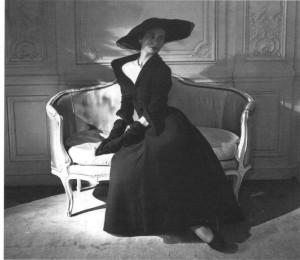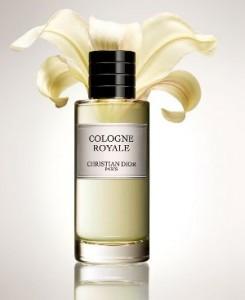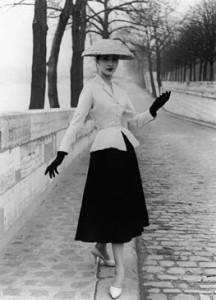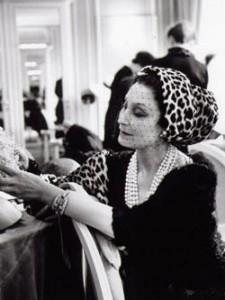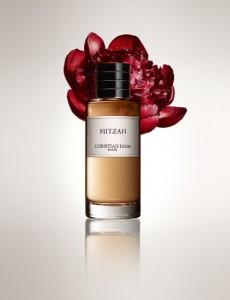One of the better kept secrets in niche perfumery were the four Dior Homme fragrances Eau Noire, Bois D’Argent and Cologne Blanche in 2004 which were followed by Ambre Nuit in 2009. These four fragrances had found prominent positions in my rotation. Eau Noire and Bois D’Argent are two of my favorite immortelle and honey fragrances, respectively. These four fragrances came in huge bottles that were sort of reminiscent of the Chanel Exclusifs and seemed to be an afterthought at the House of Dior. That was why, with what seemed no advance warning, the announcement of the ten fragrance Dior La Collection Couturier Parfumeur was so surprising. The ten fragrances would encompass three of the previous four fragrances; bidding adieu to Cologne Blanche and adding seven new fragrances under the direction of Francois Demachy.
This collection spans quite a distance across all of the fragrances and for some of that distance the road is a little bumpy but for the ones that really work they are going to be some of the best things I will smell in 2011, I think. With a collection as big as this I’m going to split the review into two parts. Today I will cover Cologne Royale, New Look 1947, and Mitzah, on Saturday I’ll return with the other four new fragrances Vetiver, Leather Oud, Milly-la-Foret, and Granville.
Cologne Royale is the least interesting of the whole collection. M. Demachy says in the press materials, “cologne is the ultimate challenge in perfumery, because it follows the strictest style codes. It is impossible to cheat.” That doesn’t mean it is impossible to innovate but Cologne Royale is a straight ahead citrus, neroli, and musk construction. These ingredients are very high quality and it shows but it is so similar to other colognes out there that this seems too derivative to be enjoyable by me. If you are a cologne lover Cologne Royale will be a good addition. From my perspective I wish they had decided to keep Cologne Blanche which was a much more innovative fragrance than replace it with the very ordinary Cologne Royale.
New Look 1947 is a fragrant homage to the collection Christian Dior released in 1947. The New Look was considered to be the designer’s signal that wartime austerity was over. It was full of beautiful detail and luxurious fabrics all wrapped up in innovative lines. M. Demachy’s homage to this phase of Christian Dior’s life was to create a luxurious floral fragrance using tuberose as the centerpiece. He then chooses to surround it with more luxurious flowers in layer after layer as ylang-ylang then rose, then jasmine all up the floral quality throughout the early development. As we get to the base, just like many of the New Look fashions, the fragrance has an underpinning of soft sensual vanilla and benzoin. This sweetly resinous conclusion is what really makes New Look 1947 memorable.
One of my two favorite fragrances from this collection is Mitzah. The inspiration for the name was Christian Dior’s muse Mitzah Bricard. M. Demachy’s fragrant evocation of Mme. Bricard is an amber and incense stunner. I am always looking for a great new amber fragrance and Mitzah is everything I look for in this style of fragrance. The amber here is the warm soft edged amber versus the sharper almost medicinal version found in fragrances like Montale Blue Amber. That warm amber surrounds me and draws me forward as coriander and cinnamon separate from the amber and then patchouli heralds the arrival of a rich frankincense note. In many ways Mitzah is as simple a construction as Cologne Royale but it is miles better because M. Demachy makes all the right choices and it is as mesmerizing as Mme. Bricard must have been for Christian Dior.
Mitzah and New Look 1947 have above average longevity and Cologne Royale has below average longevity.
New Look 1947 has above average sillage while Cologne Royale and Mitzah have average sillage.
I’ll be back on Saturday with the remaining four fragrances and some closing words on the collection as a whole.
Disclosure: These reviews were based on samples purchased from The Perfumed Court.
–Mark Behnke, Managing Editor

